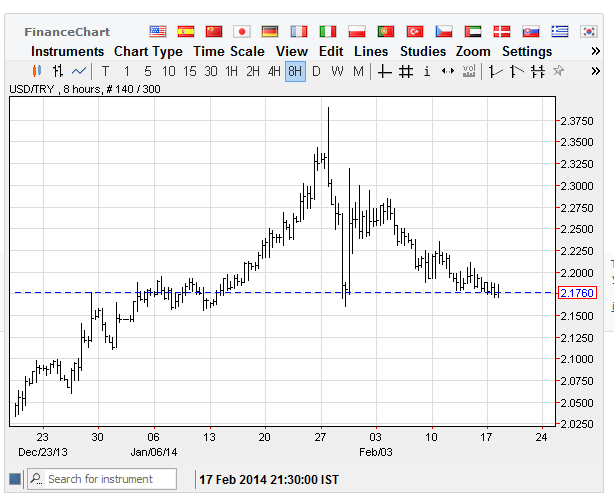Thomas Palley has written another critique of Neochartalism aka “Modern Monetary Theory” in the blogosphere.
Title and abstract:
Modern money theory (MMT): the emperor still has no clothes
Eric Tymoigne and Randall Wray’s (T&W, 2013) defense of MMT leaves the MMT emperor even more naked than before (excuse the Yogi Berra-ism). The criticism of MMT is not that it has produced nothing new. The criticism is that MMT is a mix of old and new, the old is correct and well understood, while the new is substantially wrong. Among many failings, T&W fail to provide an explanation of how MMT generates full employment with price stability; lack a credible theory of inflation; and fail to justify the claim that the natural rate of interest is zero. MMT currently has appeal because it is a policy polemic for depressed times. That makes for good politics but, unfortunately, MMT’s policy claims are based on unsubstantiated economics (The full paper is HERE).
To me, the most striking contradictions of what’s called Modern Monetary Theory is the notion that external constraints go away and a nation simply has to float its exchange rate in the markets.
Palley points out:
What is bizarre about this defensive invocation of flexible exchange rates is that it does not work and it also puts MMT in the company of Milton Friedman (1953), who was the ultimate booster of flexible exchange rates. Friedman argued that exchange rate speculation was stabilizing because profit-seeking speculators would close the gap between the exchange rate warranted by fundamentals and the actual exchange rate. They would sell when the exchange rate was over-valued relative to fundamentals, and buy when it was below. Such arguments run counter to the destabilizing speculation logic of Minsky’s (1992) financial instability hypothesis, with which MMT claims close affinity.
So in recent times, Turkey is good example because of its large current account deficits. It’s exchange rate keep plummeting and CBRT – the central bank had to massively raise interest rates to prevent a runaway exchange rate. And this came after a huge central bank intervention of selling foreign reserves which didn’t soothe nerves of creditors.
Paradoxically the government of Turkey issued a 31-year US dollar denominated bond to augment foreign reserves, yet again dispelling the Neochartalists’ notion that somehow governments can choose to be not indebted in foreign currencies.
I guess to the blog reader, Neochartalism comes out as something new because he/she is likely not aware of Post-Keynesian economics anyway but as Palley points out, ‘the criticism is that MMT is a mix of old and new, the old is correct and well understood, while the new is substantially wrong’.
